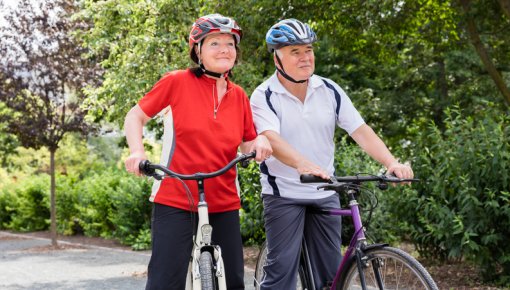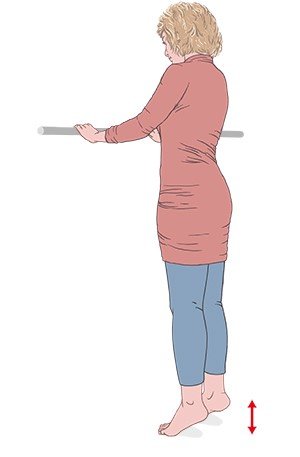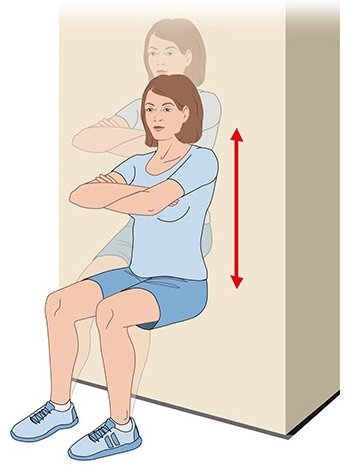What can I do to relieve the symptoms?

Exercising and moving the calf muscles helps to pump the built-up blood out of the leg veins. It is also a good idea to put your legs up to take the strain off. Good skin care can relieve itching and protect the skin.
About 20 to 50% of all people develop post-thrombotic syndrome (PTS) after they have deep vein thrombosis (DVT). But it is not always possible to tell the symptoms of PTS apart from the symptoms of DVT at first. That is why a clear diagnosis of post-thrombotic syndrome is only possible after a few months.
PTS symptoms can stay more or less the same, but may also become more or less severe. Medical advice is important if you have severe symptoms or develop new symptoms which don't go away again after about a day.
Various treatments can relieve the symptoms, and there's a lot you can do yourself. A good mixture of exercise, strengthening and taking the strain off the affected leg is a good idea. Good skin care helps with itching and protects against cracked skin.


